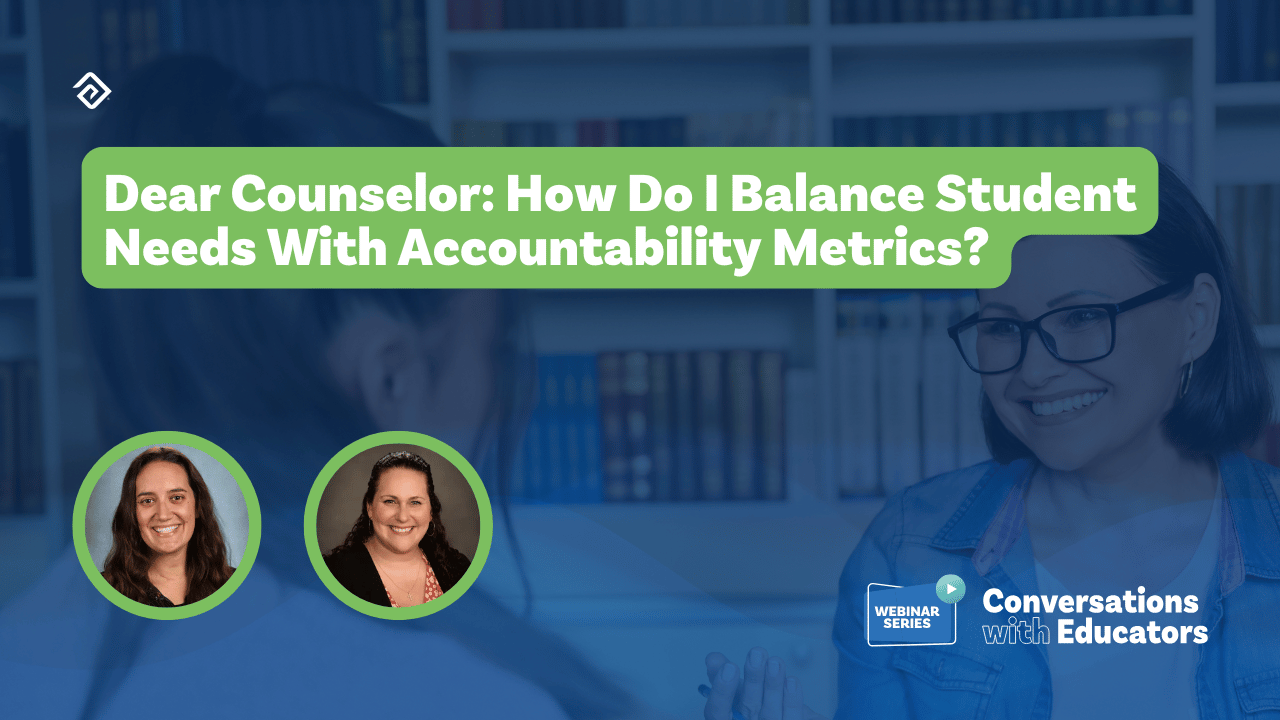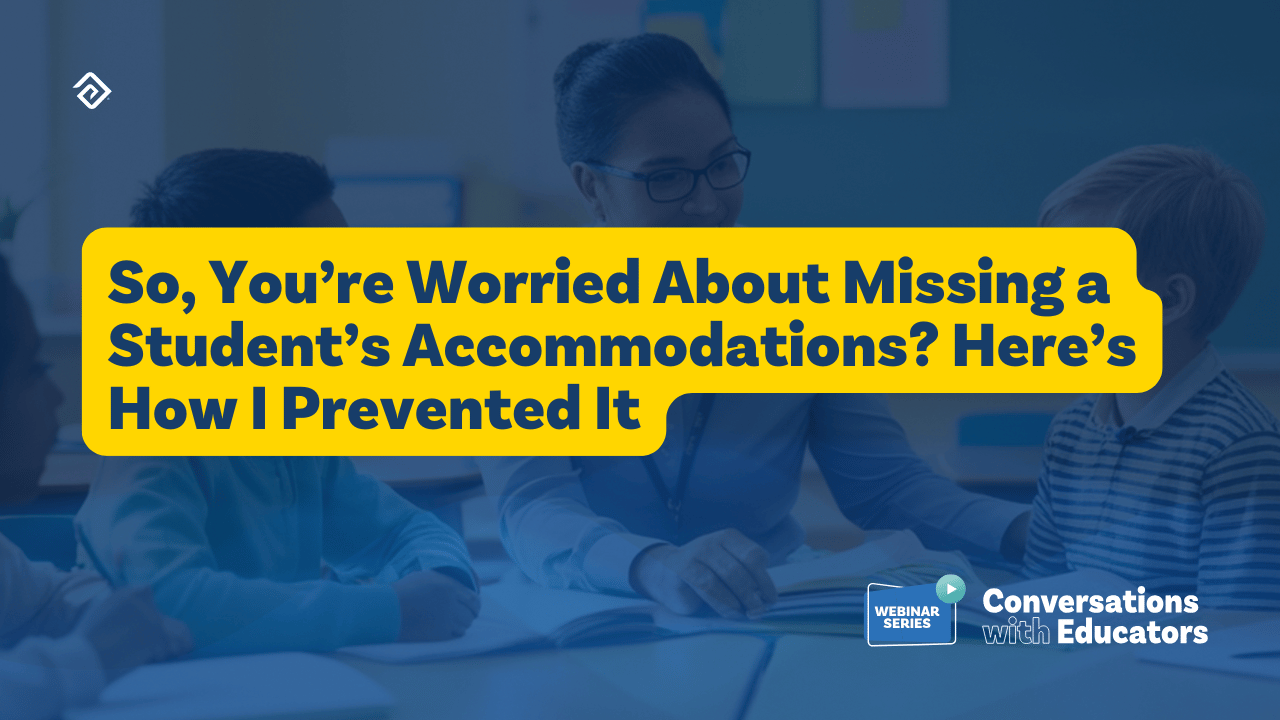Learning Differences

Learning differences refer to the various ways students learn, understand, and retain information. These differences can show up in how students pay attention, remember things, or work through assignments. In some cases, students with learning differences struggle with language-based skills like writing, reading, and spelling.
It’s important to know that having a learning difference doesn’t mean a lack of intelligence. Students with learning differences can achieve academic excellence. However, providing the necessary accommodations and getting the right teaching technique that uses multisensory instruction is often the key to supporting students with learning differences.

Types of Learning Differences
1. Executive Function Difficulties (EFD)
Some students have trouble with executive functions, including starting tasks and remembering information. They may struggle to follow directions, switch tasks, or manage time. These difficulties have nothing to do with intelligence but affect how students process information.
Students with EFD might find it challenging in the following areas:
- Initiating tasks
- Paying attention
- Transitioning smoothly from one task to another
- Remembering information in their mind while working
- Exercising self-control or managing emotions
- Organizing time and materials
- Considering consequences before acting
- Staying focused and remembering details
2. Dyslexia
Another fairly common learning difference is dyslexia, which affects how students read and understand words. They might struggle to decode words or read fluently, making them slow readers.
Students with dyslexia may be good at other subjects but have trouble reading, spelling, and writing. While there is no cure for this neurodevelopmental disorder, with the right support, such as tutoring or specialized education programs, students with dyslexia can achieve higher academic performance and excellence.
Dyslexia challenges may show up in older children as:
- Taking a long time to learn how to read
- Finding it hard to pronounce or read new or long words
- Struggling a lot with learning a new language
- Avoiding reading aloud
- Having bad spelling or messy handwriting
- Using a lot of pauses, repetitions, or filler words like “um” when speaking
- Finding it tough to finish tests on time
- Needing more time to answer questions

3. Dyspraxia
Students with dyspraxia have difficulty with physical tasks and coordination. They may also struggle with social situations and language skills. Writing, following instructions, and organizing thoughts can be hard for them.
Children with dyspraxia might have trouble with:
- Doing mechanical tasks like buttoning clothes or tying shoelaces
- Appearing awkward or clumsy, leading to frequent bumps and spills
- Talking clearly and fluently
- Feeling bothered by taste, light, touch, or noise
- Feeling upset or unsure in social situations
- Finding school and homework like writing, drawing and reading hard
4. Dyscalculia
Dyscalculia is a learning difference that makes math challenging and can hinder student success. Students with a diagnosed learning difference like dyscalculia might have trouble understanding fractions, telling time, or solving basic math problems.
This learning difference may be noticeable in students through various signs, such as:
- Struggling to grasp concepts like counting or learning and remembering multiplication tables
- Relying on methods such as using their fingers to count, even when their peers have moved on from this
- Struggling to remember basic math facts because of problems with working memory
- Finding it hard to understand how numbers represent quantities
- Feeling stressed or anxious about math due to their struggles with numbers
5. Attention Deficit/Hyperactivity Disorder (ADHD)
ADHD is a common mental disorder among children and shows up in three main ways:
- Inattention or finding it hard to stay focused for long
- Hyperactivity or lots of extra energy (even when it’s not needed)
- Impulsiveness or acting too quickly without thinking first
Children with ADHD might have one or more of these traits, which may manifest in various ways. Impulsive/hyperactive ADHD may manifest in students as:
- Talking too much
- Blurting out answers before questions have been finished
- Tapping hands or feet
- Constantly fidgeting (as if they are always on the go)
The consequences of attention deficit might include:
- Finding it hard to stay focused, whether it’s in class or during conversations
- Avoiding tasks that require a lot of concentration
- Not listening when someone is talking to them
- Getting easily distracted or forgetful
- Frequently losing items
- Making careless mistakes or not paying attention to details
6. Dysgraphia
Dysgraphia affects writing ability. Students with dysgraphia may have trouble spelling, word spacing, and properly holding a pencil. Writing and other fine motor skill assignments can be particularly challenging for them.
Some students with dysgraphia have good verbal skills, which is why it can be surprising for their families or teachers when they struggle to write as well as they speak. Adults might think they’re not trying hard enough when they have trouble, but writing can be really hard for them. Kids often start showing signs of dysgraphia in elementary school.
Students with dysgraphia may struggle with:
- Writing that’s hard to read
- Spelling problems, like missing or unfinished words
- Trouble organizing ideas and writing sentences
- Holding a pencil correctly and feeling pain when writing
- Figuring out how to space things out on paper
- Keeping letters and words evenly spaced
- Maintaining proper posture and positioning when writing
7. Processing Speed Difficulties
Processing speed refers to how fast someone can understand, process, and respond to information. Even though it’s not officially labeled as a learning disorder or difference, processing speed deficits can influence how a student learns and performs in class. It’s often linked to conditions like ADHD, dysgraphia, and dyslexia, and it can make reading, writing, and solving math problems harder.
Teachers and families might notice that a child gets overwhelmed when there’s too much information at once or needs more time to answer questions. Some kids might have trouble catching all the details in conversations or following several instructions at once.
Students with processing speed difficulties might struggle with the following:
- Keeping up with conversations
- Completing their homework within expected time limits or finishing tests on time
- Listening and taking notes during class
- Reading and summarizing what they read
- Doing basic math calculations in their head
- Writing assignments that need a lot of detail and complicated ideas
Support Strategies for Students With Learning Differences
Schools can help students with learning differences by using different strategies and accommodations to make learning easier.
Consider the following strategies for student success:
- Allow students to sit at the front during class activities
- Give students time to process information before expecting a response
- Provide multisensory kits and resources in different formats, including assistive technology
- Use clear and precise instructions
- Speak slowly and clearly, articulating words
- Present information both verbally and visually
- Rephrase statements rather than repeat them
- Encourage a positive attitude towards mistakes, as they can lead to new solutions
- Respect each student’s strengths and preferred reading methods
- Determine the student’s reading level by asking about their favorite books rather than relying solely on their age
Conclusion
Understanding learning difficulties and differences and early intervention is important for schools to create inclusive environments where every student can thrive academically and socially, even if in a different way. Providing the right support in the face of challenges and learning difficulties also ensures high school students with learning differences are on course to earn a diploma.
Pathways, our educational software, is designed to make life easier for schools, teachers, and counselors alike. It helps schools effortlessly keep track of student graduation pathways, saving valuable time and energy that can be invested in providing personalized support and guidance to students.
With Pathways, schools can focus on what truly matters: helping every student succeed on their educational journey.
If your school is interested in new ways to improve the learning experience for children, you may also be interested in automating tasks and streamlining processes so that your teachers have more time to teach. Education Advanced offers a large suite of tools that may be able to help. For example, three of our most popular and effective tools are:
- Cardonex, our master schedule software, helps schools save time on building master schedules. Many schools used to spend weeks using whiteboards to organize the right students, teachers, and classrooms into the right order so that students could graduate on time and get their preferred classes. However, Cardonex can now be used to automate this task and deliver 90% of students' first-choice classes within a couple of days.
- Testhound, our test accommodation software, helps schools coordinate thousands of students across all state and local K-12 school assessments while taking into account dozens of accommodations (reading disabilities, physical disabilities, translations, etc.) for students.
- Pathways, our college and career readiness software, helps administrators and counselors create, track, and analyze graduation pathways to ensure secondary students are on track to graduate.
- Evaluation, our teacher evaluation software, documents every step of the staff evaluation process, including walk-throughs, self-evaluations, supporting evidence, reporting, and performance analytics.

More Great Content
We know you'll love





